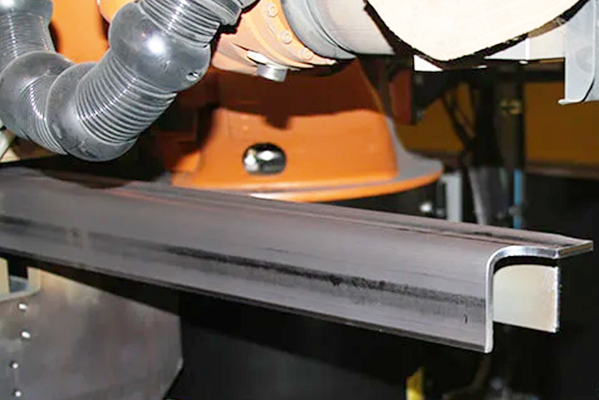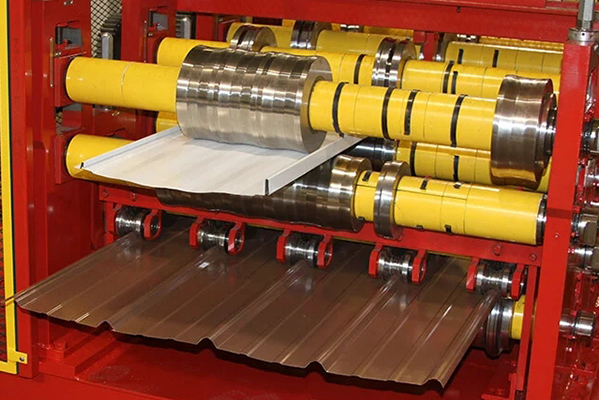Navigation Menu
Contact Us
- Email:
- info@wxavatar.com
- Address:
- Yurong Village, Yuqi Street, Huishan District, Wuxi, China.
Release Date:Jul 10, 2025 Visit:38 Source:Roll Forming Machine Factory
The manufacturing of heavy railcar components demands precision, efficiency, and robustness. Traditional methods often involve handling large, unwieldy plates, which can be time-consuming and labor-intensive. However, the adoption of coil processing equipment offers significant advantages, streamlining production and enhancing the quality of these critical components.

One of the primary benefits is increased material utilization. Coil processing systems are designed to unroll large coils of steel, allowing for optimized cutting and forming operations. This minimizes scrap material compared to cutting individual plates, leading to substantial cost savings and more efficient use of resources. For heavy railcar components, where material costs are significant, this can have a major impact on overall production expenses.
Furthermore, coil processing equipment dramatically improves production efficiency. Automated feeding, leveling, and cutting processes reduce the need for manual handling, accelerating the manufacturing cycle. This automation translates to higher throughput and faster turnaround times, enabling manufacturers to meet demanding production schedules for railcar components, which are often produced in large volumes. The continuous nature of coil processing also reduces setup times between different component runs.
Another key advantage is enhanced product consistency and quality. Coil processing equipment incorporates advanced leveling technology that flattens the material precisely before it undergoes further processing. This results in components with superior flatness and dimensional accuracy, which is crucial for the performance and longevity of heavy railcar parts. Consistent material properties lead to more reliable welds and assemblies, ultimately contributing to the safety and durability of the railcars themselves.
The integration of coil processing equipment also fosters a safer working environment. By automating the handling of heavy steel coils and sheets, the risk of accidents associated with manual lifting and manipulation is significantly reduced. This not only protects workers but also contributes to a more productive and compliant manufacturing operation.
Finally, the versatility of modern coil processing lines allows for the production of a wide range of heavy railcar components from a single coil. These systems can be configured to perform various operations, including slitting, blanking, and even some forming, making them adaptable to diverse component specifications. This adaptability minimizes the need for multiple specialized machines, saving floor space and simplifying logistics.

In conclusion, leveraging coil processing equipment for heavy railcar components offers compelling advantages in terms of material utilization, production efficiency, product quality, worker safety, and manufacturing versatility. These benefits collectively contribute to a more cost-effective, precise, and streamlined production process, ultimately supporting the demand for reliable and high-performance rail transport.